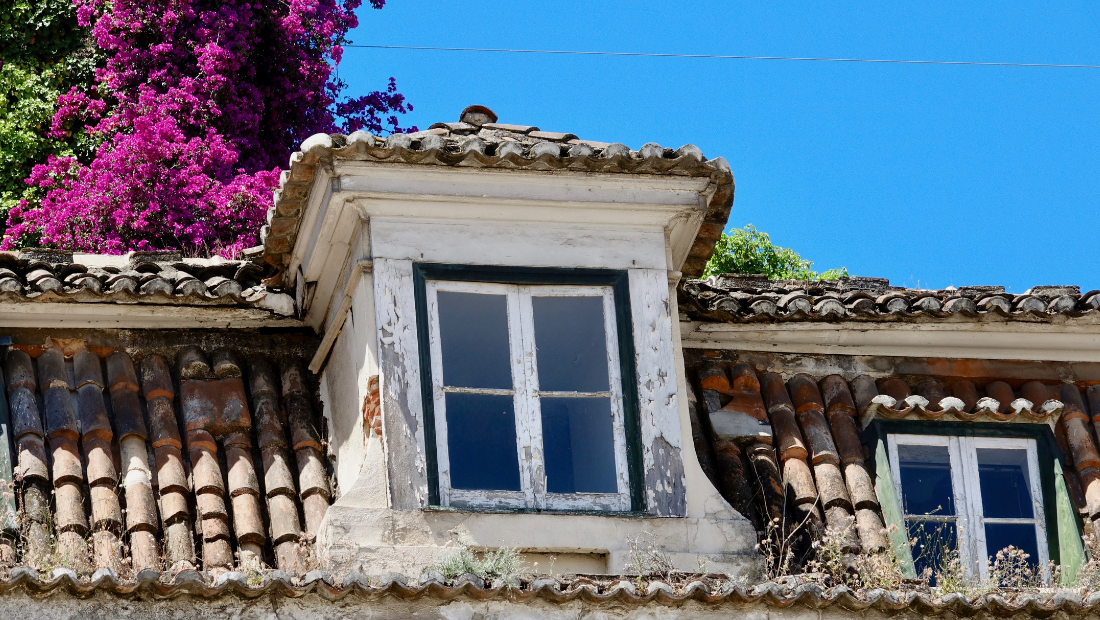
The Hidden Dangers of Buying & Renovating a Ruin in Portugal
The Hidden Dangers of Buying and Renovating a Ruin in Portugal: Why Demolishing and Rebuilding is Better
Portugal, with its stunning landscapes, rich history, and charming architecture, has become a popular destination for those looking to buy and renovate old properties. However, while the idea of restoring a ruin to its former glory can be romantic, it comes with a host of hidden dangers that can turn your dream project into a nightmare. In many cases, demolishing and rebuilding might be a more practical and cost-effective solution. Here’s why.
1. Structural Issues
One of the most significant challenges of renovating a ruin is dealing with structural issues. Many old buildings in Portugal have been abandoned for decades, leading to severe deterioration. Foundations may be unstable, walls could be crumbling, and roofs might be on the verge of collapse. Addressing these issues can be incredibly costly and time-consuming, often requiring specialized expertise and materials that are hard to come by.
2. Hidden Costs
When buying a ruin, the initial purchase price might seem like a bargain. However, the hidden costs of renovation can quickly add up. These can include unexpected repairs, compliance with modern building codes, and the need for new plumbing, electrical systems, and insulation. Additionally, obtaining the necessary permits and approvals can be a lengthy and expensive process.

3. Historical Preservation Regulations
Portugal has strict regulations regarding the preservation of historical buildings. If the ruin you purchase is classified as a heritage site, you will be required to adhere to specific guidelines that can limit your renovation options. This can include restrictions on altering the facade, using particular materials, and maintaining the original architectural style. These regulations can significantly increase the complexity and cost of your project.
4. Environmental Hazards
Older buildings may contain hazardous materials such as asbestos, lead paint, or mold. These substances pose serious health risks and must be handled and disposed of according to strict regulations. The process of removing these materials can be both dangerous and expensive, adding another layer of complexity to your renovation project.
5. Unpredictable Timeline
Renovating a ruin is often an unpredictable process. Unforeseen issues can arise at any stage, causing delays and increasing costs. Weather conditions, availability of materials, and the need for specialized labor can all impact your timeline. This unpredictability can be stressful and may result in a project that takes much longer than anticipated.
6. Energy Efficiency
Old buildings are typically not energy efficient. They often lack proper insulation, have outdated heating and cooling systems, and may have single-pane windows. Upgrading these elements to meet modern energy standards can be costly. In contrast, a new build allows you to incorporate the latest energy-efficient technologies from the start, potentially saving you money in the long run.
Why Demolishing and Rebuilding is a Better Option
Given the numerous challenges associated with renovating a ruin, demolishing and rebuilding can often be a more practical and cost-effective solution. Here are some reasons why:
1. Cost Control
When you demolish and rebuild, you have greater control over costs. You can budget for the entire project from the outset, reducing the likelihood of unexpected expenses. Modern construction techniques and materials can also be more cost-effective than trying to restore old, damaged structures.
2. Design Flexibility
Rebuilding from scratch gives you the freedom to design your home exactly as you want it. You can incorporate modern amenities, energy-efficient systems, and contemporary design elements that may not be possible with a renovation. This flexibility allows you to create a home that meets your needs and preferences perfectly.

3. Compliance with Modern Standards
New builds must comply with current building codes and regulations, ensuring that your home is safe, durable, and energy-efficient. This compliance can be easier to achieve with a new build than with a renovation, where you may need to retrofit old structures to meet modern standards.
4. Reduced Risk of Hidden Problems
By starting from scratch, you eliminate the risk of uncovering hidden problems that can derail your project. You won’t have to worry about structural issues, hazardous materials, or outdated systems. This can provide peace of mind and a smoother construction process.
5. Increased Property Value
A newly built home is often more attractive to buyers than a renovated one, particularly if the renovation was extensive. A new build can offer modern conveniences and energy efficiency that older homes may lack, potentially increasing the value of your property.
Conclusion
While the idea of renovating a ruin in Portugal can be appealing, it’s essential to be aware of the hidden dangers and challenges involved. Structural issues, hidden costs, historical preservation regulations, environmental hazards, and unpredictable timelines can all complicate your project. In many cases, demolishing and rebuilding can be a more practical, cost-effective, and rewarding option. By starting from scratch, you can create a home that meets modern standards, offers design flexibility, and provides peace of mind.
